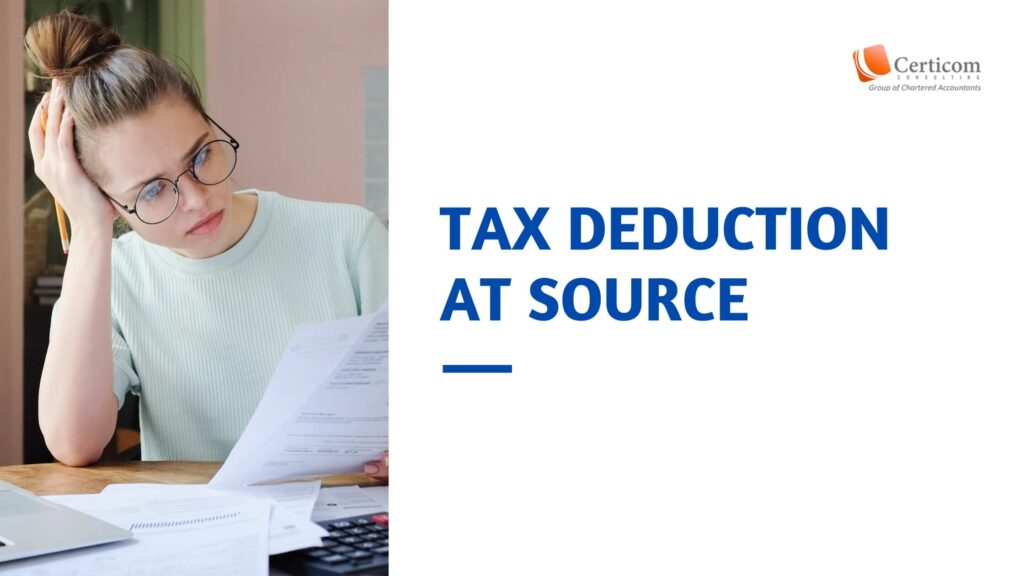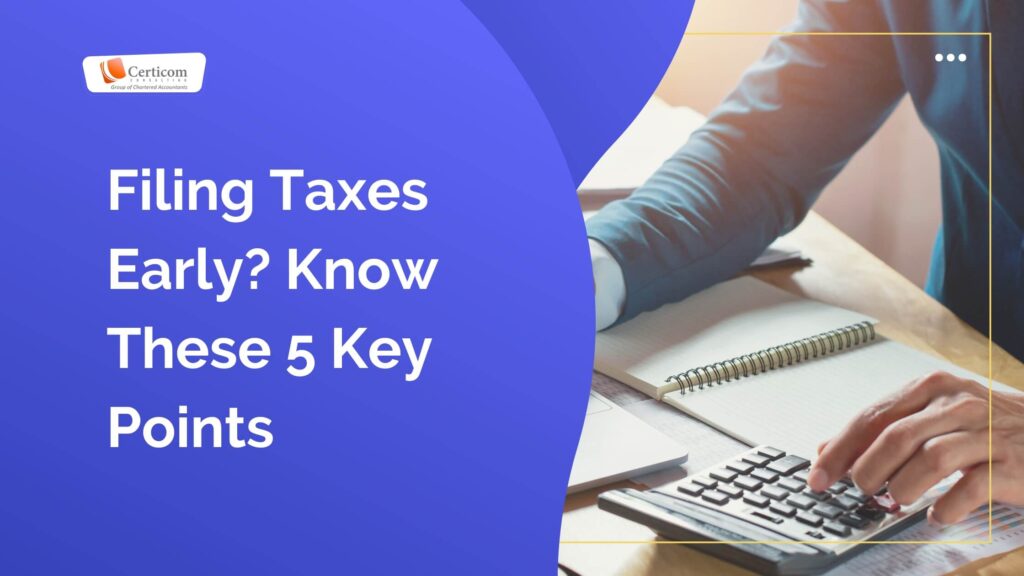- Have any questions?
7 Essential Documents for Filing ITR AY 2024-25

Filing income tax returns (ITR) is obligatory for every taxpayer annually. For the Assessment Year (A.Y.) 2024-25, the CBDT has updated all ITR forms 1 to 6, effective from April 1, 2024. These revisions aim to enhance ease of filing and assist taxpayers. The deadline for filing ITR for AY 2024-25 is July 31, 2024. When filing ITRs, taxpayers should ensure they possess the necessary documents for a smooth and efficient process.
Revised ITR forms
Resident individuals with a total income of up to Rs. 50 lakh, deriving income from salaries, one house property, and other sources, can file ITR-1 (SAHAJ). Individuals and HUFs without business or professional income (and ineligible for ITR Form-1 (SAHAJ)) should opt for ITR-2, whereas those with business or professional income should use ITR Form-3.
ITR-4 (SUGAM) is intended for resident individuals, HUFs, and firms (excluding LLPs) with a total income up to Rs. 50 lakh from business or profession under sections 44AD, 44ADA, or 44AE. Entities other than individuals, HUFs, and companies (such as partnership firms, LLPs, etc.) can file ITR Form-5. Companies not eligible for exemption under section 11 can use ITR Form-6.
Essential Documents for Filing Income Tax Returns
PAN and Aadhaar
The most important document to have on hand while filing taxes is your PAN. Aadhaar is required for the proper filing of income tax returns, according to Section 139AA of the Indian Income Tax Act. You are required by law to link your PAN with Aadhaar.

Form-16
Form-16 is one of the essential documents needed for a tax return if the money you get comes from an employer’s salary. Your company must present you with a Form-16, which is a required document that details your pay for the specific fiscal year as well as any applicable Tax Deducted at Source (TDS). Form-16 is broken up into Part A and Part B.
Together with your PAN and the employer’s TAN, the information on TDS provided by the employer for the year is included in PART A.
While your gross salary and all of its components—such as perquisites, profit instead of compensation, and exempt allowances—are detailed in Part B.
Salary Slips
Another crucial document that must be filed is a salary slip, which contains additional taxable information such house rent allowance (HRA), leave travel allowance (LTA), medical allowance, personal allowance, and so forth.
Form 26AS
This form, which is a combined account of your annual taxes paid, includes all tax information that flows through your PAN, such as TDS withheld by banks on interest income over Rs 40,000 and TDS withheld by employers from salaried individuals. The exemption threshold for elderly persons is Rs 50,000; TDS withheld by any other entity from which you may have received payment; and any applicable advance taxes and self-assessment taxes.
You might not receive a tax credit for the specified tax deduction if there is any discrepancy on Form 26AS.
TDS Certificates
Three TDS certificates, which show the specifics of the tax withheld at source from your loans, investments, and savings, are required for this.
First, there is Form-16A, a TDS certificate that the bank issues for taxes withheld on non-salary income received in the form of interest from deposits such fixed and recurring deposits.
Form-16B, which is given by the buyer and shows the amount of tax subtracted from the sale of a property, comes in second.
Form-16C, which is given by a tenant to the landowner and contains information on TDS withheld from rent, comes in third. It is applicable when the landlord receives more than Rs 50,000 in rent each month.
Investment Proofs
You can deduct taxes on your savings and investments under several income tax sections. The National Pension System (NPS), Employee Provident Funds (EPF), Public Provident Funds (PPF), Fixed Deposits, Amount invested in Equity Linked Savings Schemes (ELSS), and Premium paid toward Life Insurance Policies are just a few examples of the savings and investments that must be shown.
The government offers a tax exemption of Rs 1.5 lakh under Sections 80C, 80CCC, and 80CCD (1) of the Indian Income Tax Act, which is one of the most sought-after benefits under the IT Act.

Home Loan Statement
A home loan statement is a necessary document to file your taxes if you have a home loan and are making monthly EMI payments.
Details on the loan amount, including the principal and interest components, will be included in the loan statement. The loan borrower is eligible to a tax exemption of up to Rs 2 lakh on interest paid towards the loan during a given year under Section 24 of the Indian Income Tax Act. When submitting returns with the ITR-1, it is necessary to provide proof of the interest paid and any rent received.
The purpose of ITR filing is to lessen the load on taxpayers. In India, it is necessary for every individual to pay income tax on their salary, as well as on goods and services, income from other sources, and goods. To assist taxpayers in deducting some of their payments as taxes, the government has implemented a number of initiatives. And submitting an ITR is just that!
Related Post
Filing your income tax return early this year? Understanding these 5 essential points is crucial.
CBDT Introduces Enhanced Feature in Income Tax AIS: Track Your Correction Request Status Now
Book A One To One Consultation Now For FREE
How can we help? *




